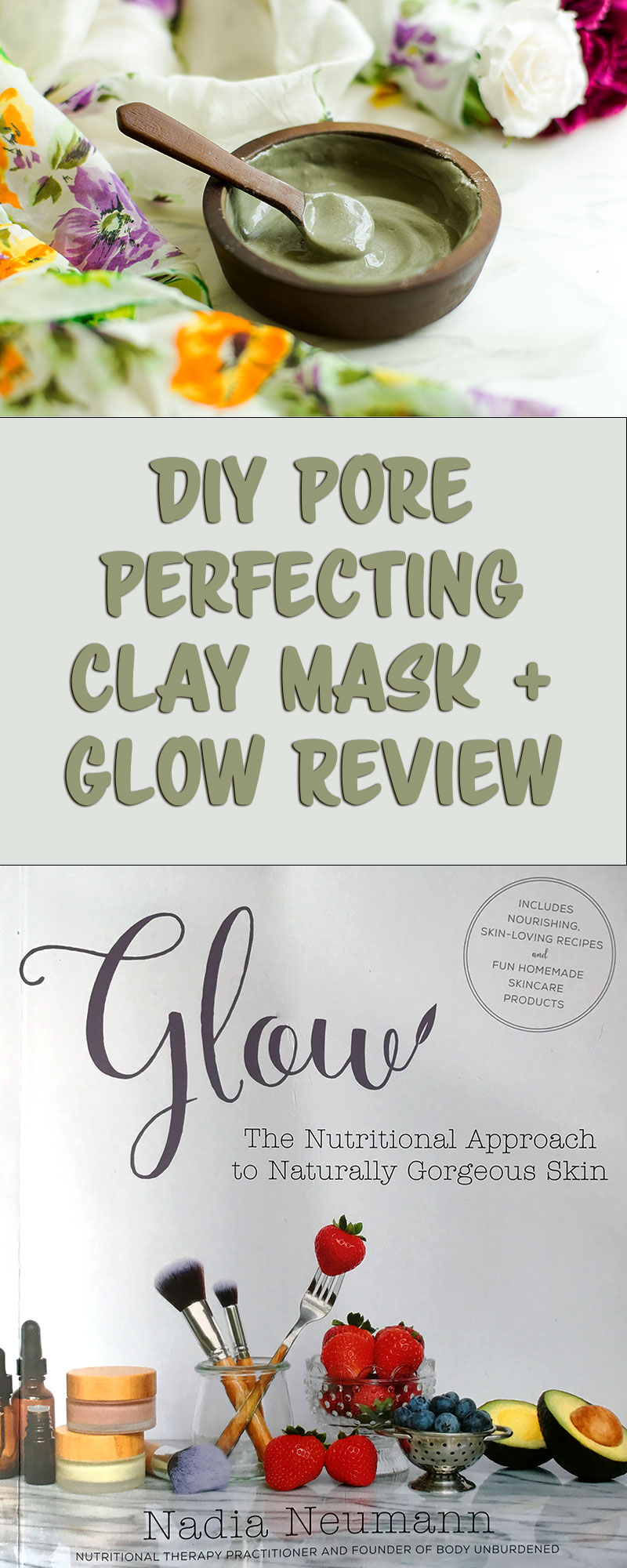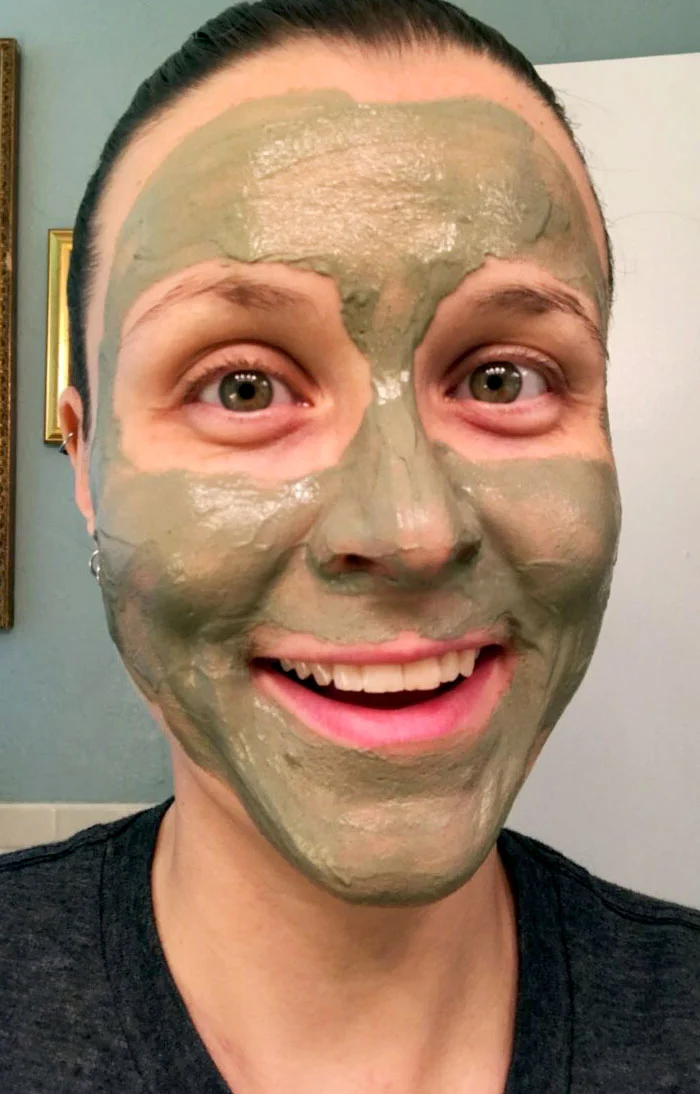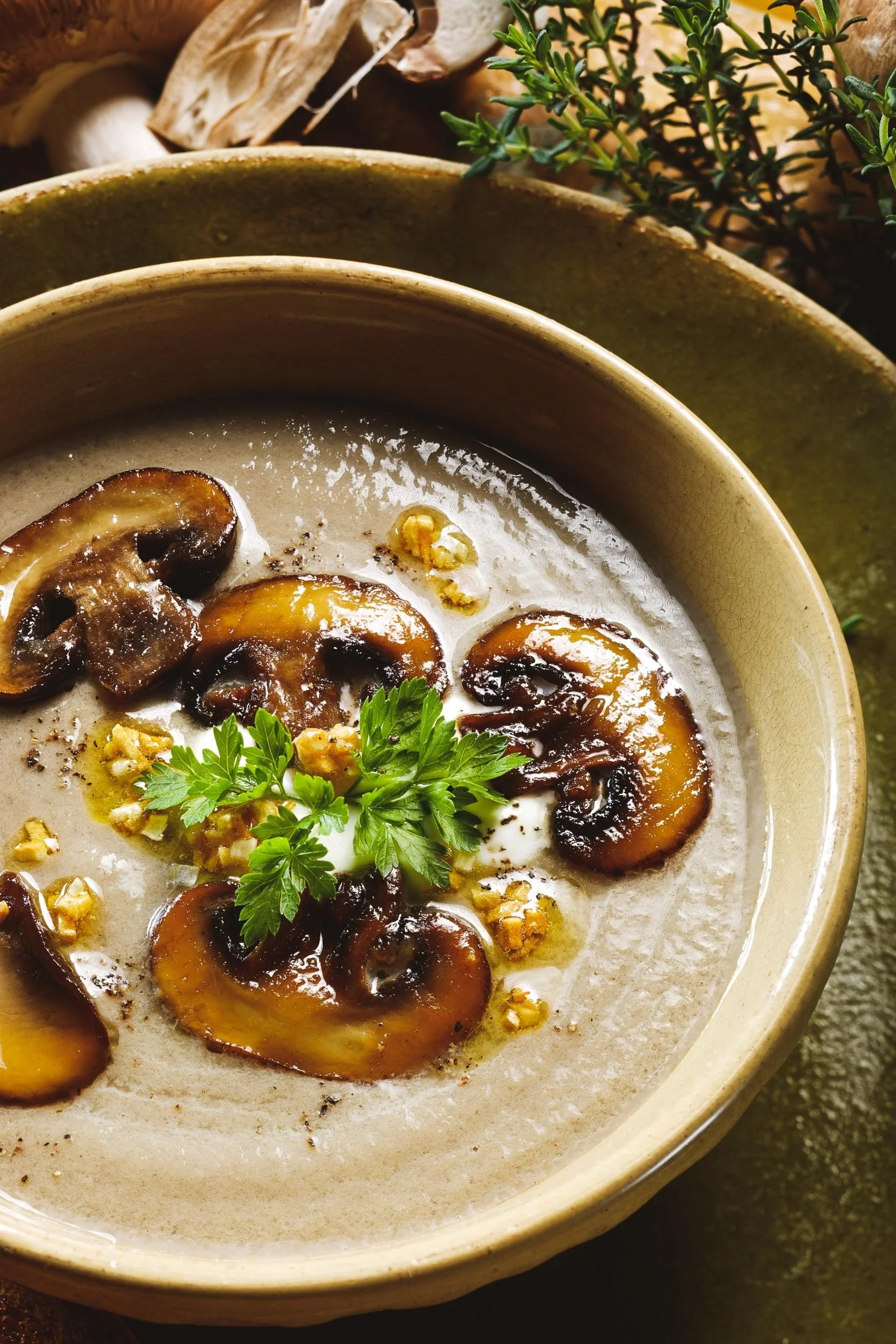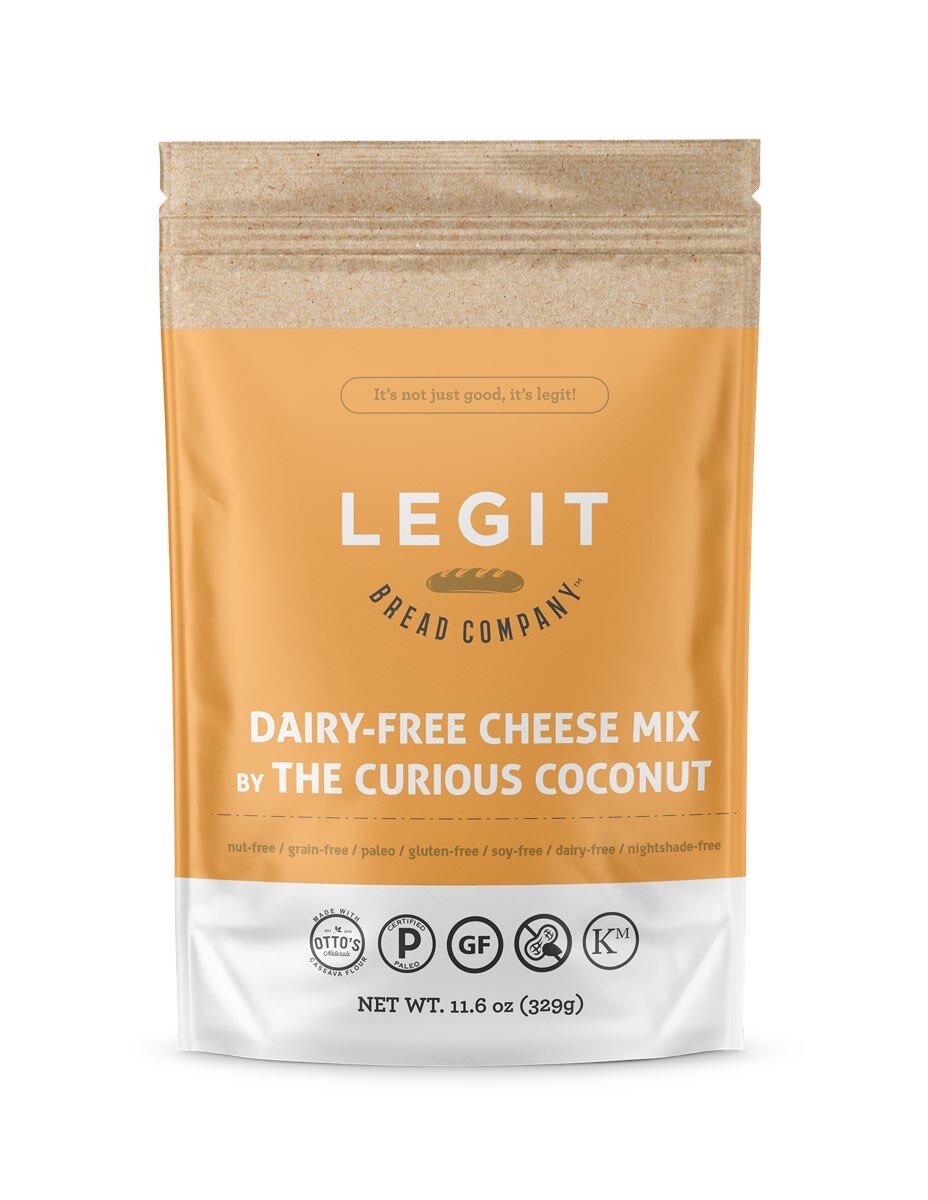It's been a minute since I did an installment of Natural Beauty Wednesdays. Be sure to check out my earlier posts here (Vitamin C and charcoal). This week is all about how to use clays in your skincare routine.
This week is a "special edition" of NBW, featuring a DIY recipe for a clay mask and a spotlight on a brand new print book that anybody serious about skin health will be ecstatic to add to their library: Glow: The Nutritional Approach to Naturally Gorgeous Skin, by Nadia Neumann, skincare expert and blogger at Body Unburdened.
This book just released YESTERDAY and I am soooo excited for her!
I've had the pleasure of perusing my advance copy of her book for the last week so let me give you a run down of everything that is inside:
- Chapter 1: Understanding the Skin - gives you the basics about skin structure and function, so you are empowered to take steps to improve your skin health
- Chapter 2: Glowing Skin From Within - this is a big chapter, and discusses how nutrition impacts skin. One of those happy side effects of going Paleo or to a real food diet tends to be younger, more vibrant skin due to the nutrient density of the diet. But if you want to fine tune it even further, you can learn all about how to use specific foods and nutrients to help out your skin even more.
- Chapter 3: Skin Loving Superfood Recipes - delicious dishes like Curried Avocado Chicken Salad, Baked "Spaghetti" Pie, Berry Satisfying Chia Pudding Parfait, and more so you can eat your way to glowing skin!
- Chapter 4: Boost Your Inner Glow - which will educate you about how to clean up your skincare, since what you put ON your skin is just as important as what you put IN your mouth!
- Chapter 5: Natural DIY Skincare Recipes - features simple yet effective recipes for homemade skincare items, like toners, exfoliators, serums, blemish spot treatments, eye creams, and masks (like this recipe!)
As you can see, this is a comprehensive resource that educates and empowers. And, if you are a DIYer, you are going to LOVE all of the skincare recipes in Chapter 5.
Bentonite Clay
Bentonite clay is a mineral-rich clay formed by the decomposition of volcanic ash, and it gets its name from the largest known source of this type of clay in Fort Benton, Wyoming. It can also be called Montmorillonite clay, named after the region in France where it was discovered. So, when reading labels or shopping for your clay, understand that these are the same thing, just sourced from different parts of the earth.
In Wyoming, the Native Americans revered bentonite clay for it's healing benefits, with the medicine men nicknaming it the "mud that heals" (1). Interestingly, early Pioneers called it "soap clay" and used it so clean clothes, and also to pack their horses hooves' to relieve soreness and also to prevent lameness.
French Green Clay
French green clay is also mineral-rich, and gets its unique color thanks to both the presence of iron oxides as well as decomposed plant matter (algae, and seaweed like kelp) (2). Today, not all "French" green clay actually comes from France - deposits have also been discovered in Wyoming, Montana, other parts of Europe, and China.
Healing Benefits of Bentonite, French Green Clay, and other clays
Both bentonite and French green clay can be accurately classified as "healing clays" or "medicinal clays" which have been used by humans for their beneficial properties for millenia. These, and other types of clays, have been studied in the scientific literature for their beneficial detoxifying, antibacterial, and cleansing properties, with both internal and external uses. I will be focusing only on the external uses here.
Clays have an enormous relative surface area and are thus highly absorbent, and can be used to draw out excess oil, impurities, toxins, and bacteria on the skin and in the pores (3). Clays also encourage dead skin cells to slough off, leaving the skin feeling smooth, clean, and refreshed. Clays have also been studied extensively for their antibacterial properties and can be effective in treating skin infections caused by antibiotic-resistant bacteria (4). These antibacterial properties contribute to their ability to help control blemishes and breakouts when used topically.
Making DIY Clay Masks
It is extremely fast and easy to make your own clay masks right at home. This mask I'm sharing today needs just 4 ingredients and a few minutes' time to mix up.
This recipe as written creates a VERY generous amount of mask. I only needed about 60 or 70% of it for my face (I used the remainder on my husband, he's oh so lucky to have me constantly experimenting with all my skincare products on him! haha).
It goes on thick and I caution you to take care of where you are sitting as it dries, because it can flake off.
DO NOT leave it on for too long - once it begins to feel tight or itchy, it's time to rinse it off with a warm wash cloth, even if it isn't 100% dried on the outer layer yet.
This mask is best applied using your fingers and not with a brush (I *do* recommend using a brush for pre-made masks).
And, importantly, no matter what kind of clay mask you use, you can have a ball taking goofy selfies while wearing it and startling your significant other and/or kids.....hahaha! Laughter is medicinal, too ;-)
DIY vs. Premade Clay Masks
Not everyone has the time or patience for DIY products, though. If you aren't into DIY recipes because you don't want to have to invest so much up front for the bulk ingredients, don't have room to store a bunch of bulk ingredients, or simply prefer a more refined formula, you can choose from 3 different clay masks by Beautycounter: Mask #1, featuring brightening and anti-aging Vitamin C, Mask #2, featuring plumping and wrinkle reducing peony, or Mask #3, featuring balancing and anti-acne charcoal.
I find that the Beautycounter clay masks are easier to apply in a nice thin layer and go on particularly well with a flat makeup brush. Using a brush drastically reduces the amount of mask you use, stretching a tube much further than if you used your fingers.
They also don't flake off as they dry. Plus, they are boosted with various ingredients (in addition to the ones that give them their names) for a more powerful effect on your skin - including humectants, functional essential oils, antioxidants, and other active ingredients to achieve their respective goals.
Plus, you can travel with pre-made masks, since it is a good idea to use clay masks 2 or 3 times per week to keep skin in tip top shape.
Bottom line: if you want to harness the awesome Medicinal powers of clay, you've got plenty of options that won't break the bank or expose you to harmful ingredients.
Pore-Perfecting Clay Mask with Bentonite and French Green Clay (DIY Paleo AIP skincare)
Published 06/21/2017
This recipe is shared with permission from Nadia Neumann's book Glow: The Nutritional Approach to Naturally Gorgeous Skin. Here is her intro to the recipe:
"The green clay mask is iconic -- a skincare classic. And for good reason! Clays are not only filled with skin-loving minerals, they also help to draw oil and impurities from pores.
This particular mask is especially great for those suffering from breakouts and excessively oily skin. Bentonite clay and French green clay both provide skin with vital minerals while helping to draw impurities and oil from the pores. Apple cider vinegar balances the skin's pH and helps keep unwanted bacteria in check."
Ingredients
- 1 tsp (3 g) bentonite clay
- 1 tsp (3 g) French green clay
- 1 tsp (5 ml) filtered water
- 1 tsp (5 ml) raw apple cider vinegar
Instructions
- In a small bowl, mix all ingredients together into a smooth paste.
- Apply a thick layer of the mask to clean, slightly damp skin.
- Allow the mask to sit for 5 to 10 minutes, and then wash off with warm water.
- NOTE: To prevent skin from getting irritated, remove the mask before it dries completely. Any tightness or itchiness are signs that the mask is drying and ready to be washed off.
Total time: 10 mins.
Tags: paleo, AIP, gluten-free, non-toxic, skincare, DIY, French green clay, bentonite clay, Montmorillonite clay, healing clay, Glow by Nadia Neumann




















This gluten- and dairy-free green bean casserole is just as quick and easy to make as the original, but without the allergens and additives.